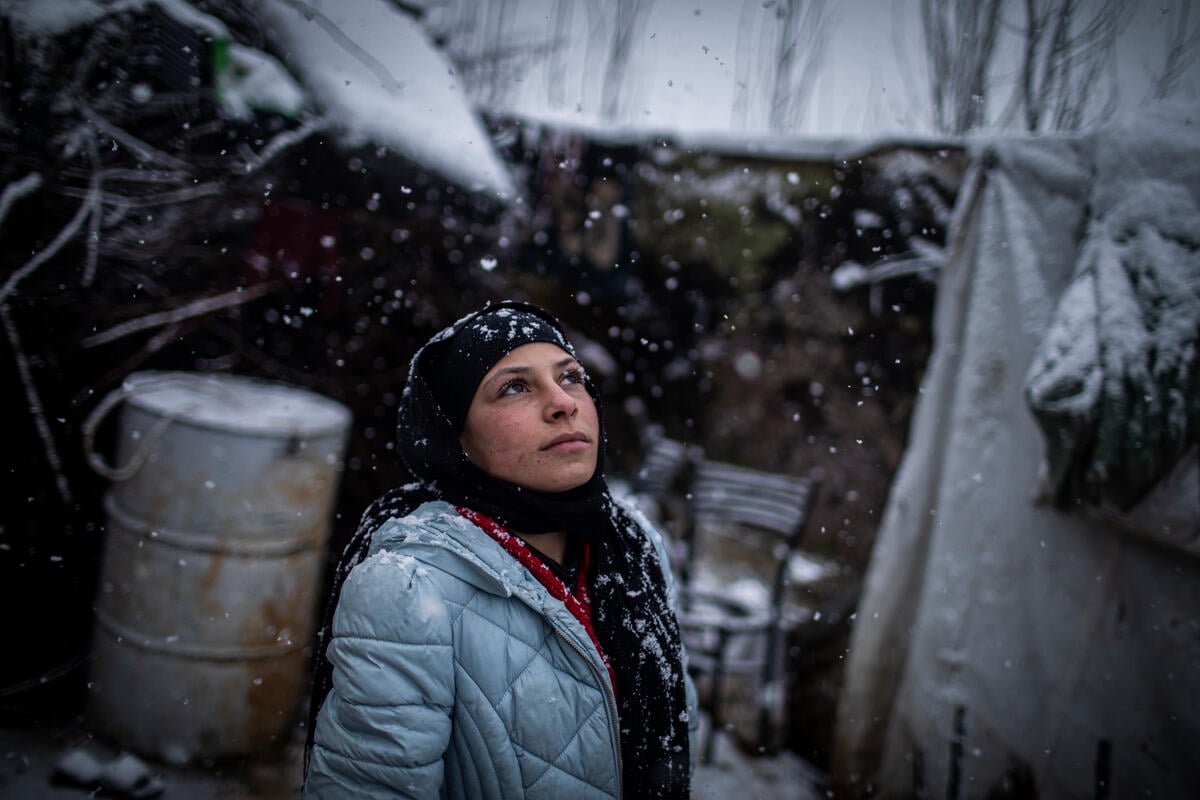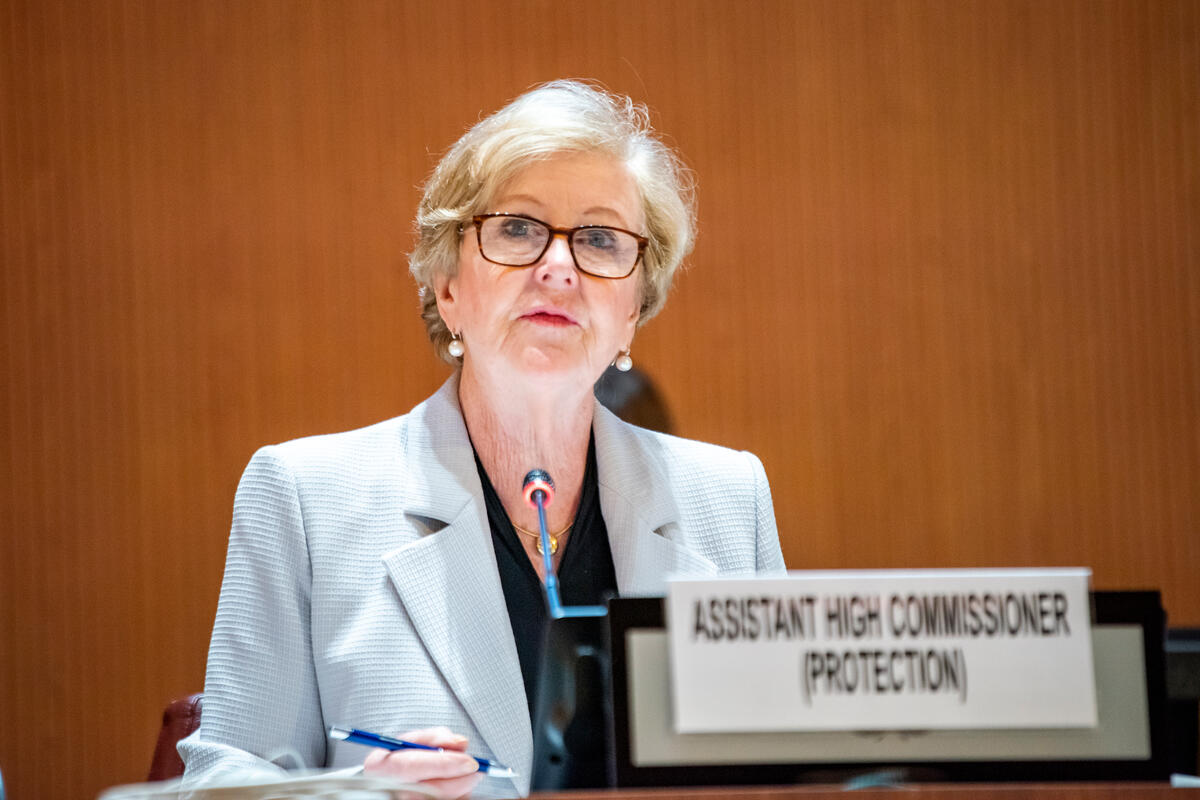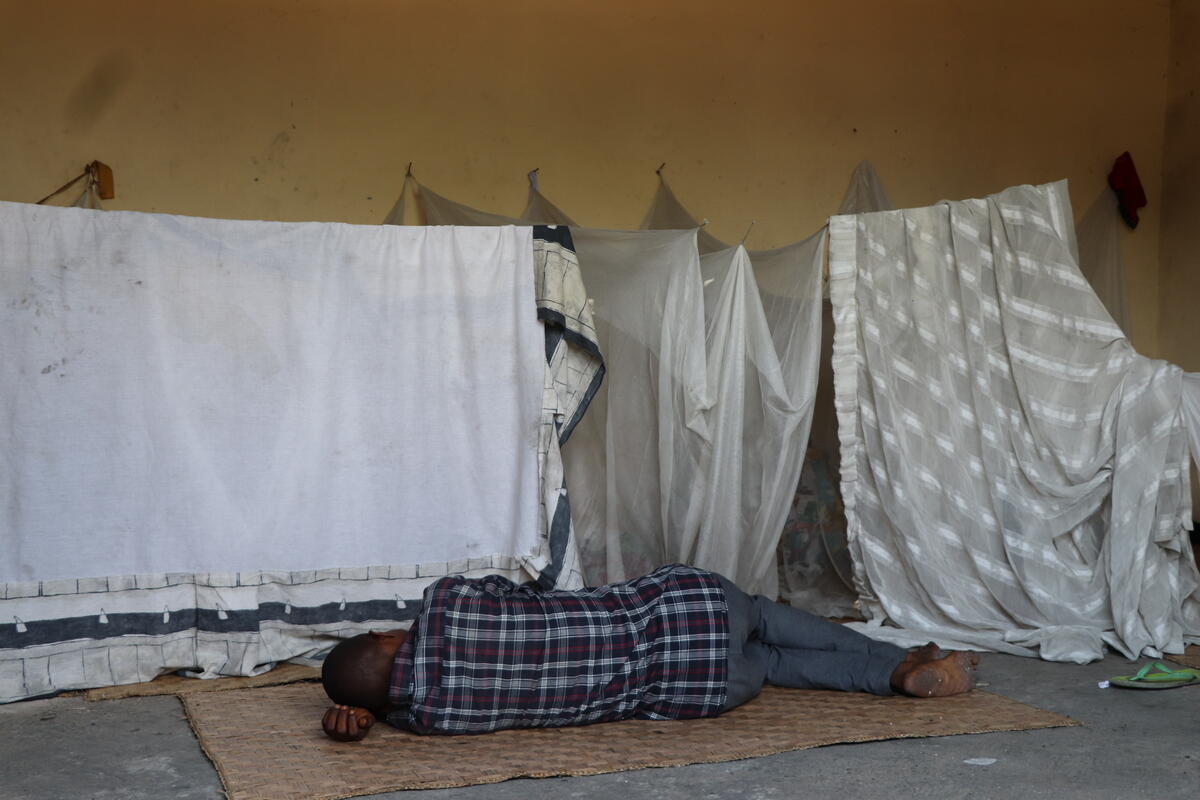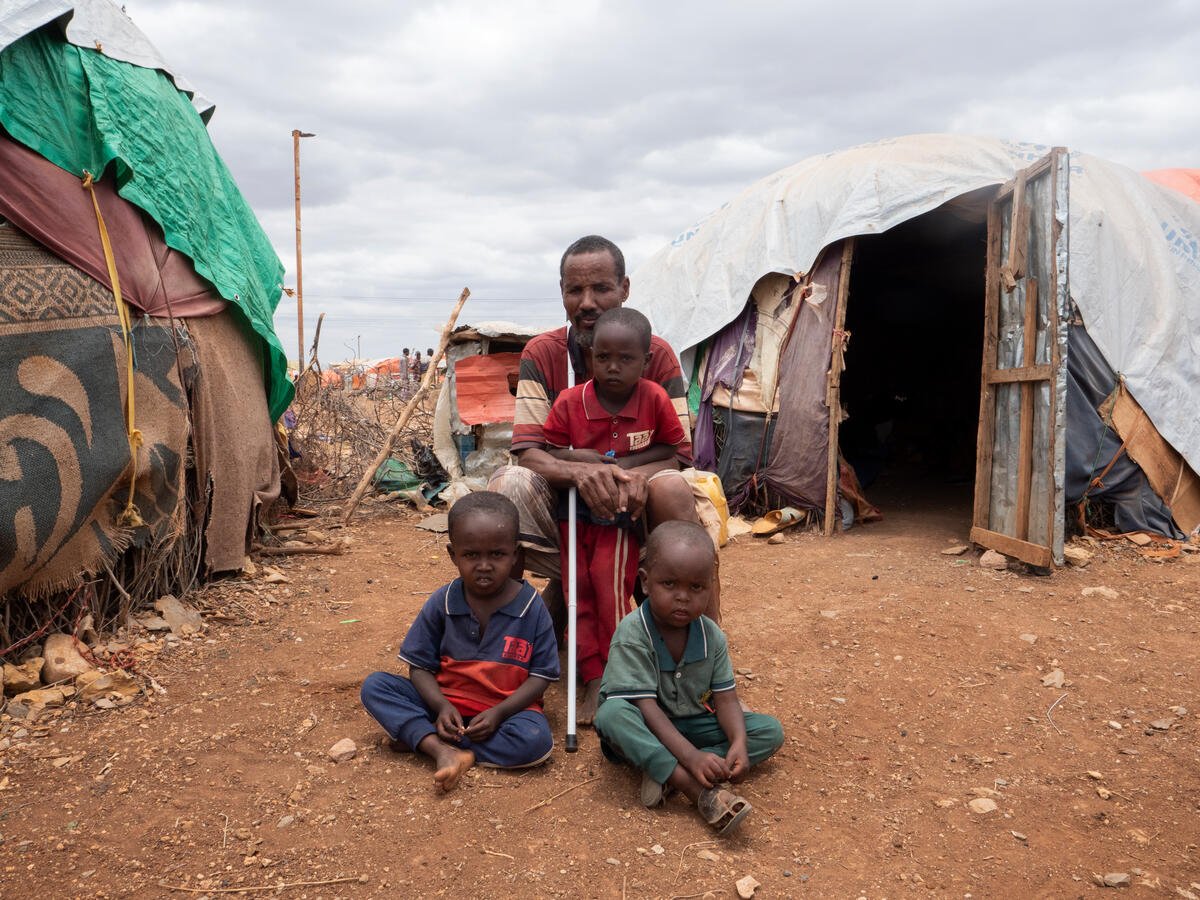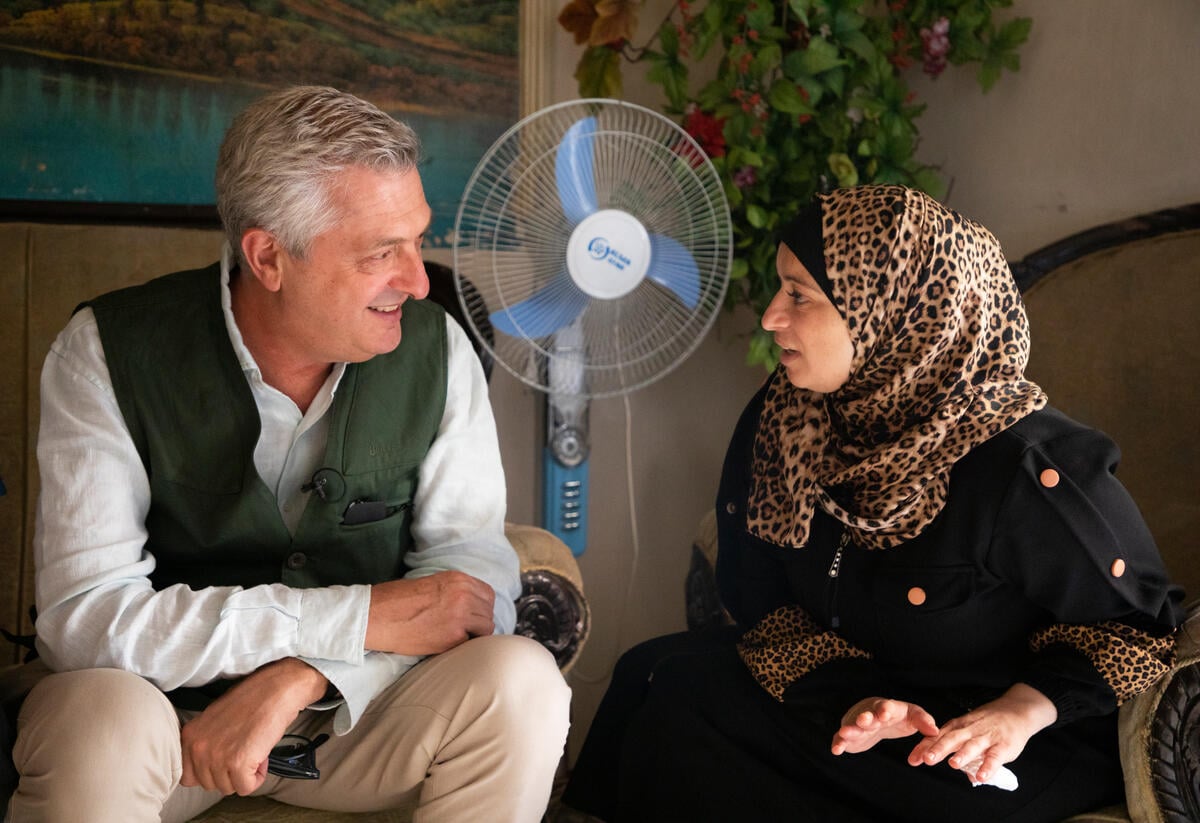UNHCR updates protection 'toolkit' for a world on the move
UNHCR updates protection 'toolkit' for a world on the move

GENEVA – UNHCR, the UN Refugee Agency, has updated its ‘tool kit’ for protecting vulnerable people on the move, in response to a sharp increase in global flows of both refugees and migrants in the decade since it was published.
UNHCR issued its original 10-Point Plan of Action in 2006, setting out a framework to help countries ensure that people in need of international protection travelling within broader mixed migratory movements could be identified and assisted.
The updated Plan – issued today – provides an overhauled set of best practises for states, civil society organizations and other UN partners, taking into account larger and more complex flows of people in today’s world.
“What this10-Point Plan on mixed movements does is collect practices, good examples, and ways and means to deal with the phenomenon of human mobility in all its dimensions – in its refugee dimension, but also its migratory dimension,” said UNHCR’s Assistant High Commissioner for Protection, Volker Türk.
Türk noted that, since 2006, the number of people on the move worldwide as a result of conflict, violence and persecution has roughly doubled to 65 million, including over 21 million refugees.
The increase has accelerated some already emerging dynamics in human mobility. These include an increase in the number of people seeking safety beyond the countries of first asylum – in Europe, and other parts of the world such as the Northern Triangle of Central America, and Southeast Asia – and the growing use of smuggling and trafficking routes by mixed flows of refugees, asylum-seekers and migrants.
“It is clear that countries and organizations such as UNHCR and NGOs will have to deal with these new realities,” Türk said. “The 10-Point Plan shows practically, on the basis of over 100 new examples that were added to make the case, that indeed you can manage and address these phenomena,” he added.
It provides a “nuts and bolts” approach to help states and humanitarian workers identify vulnerable people on the move and in need of international protection, and respond appropriately to their needs, Türk said.
He gave as an example identifying and safeguarding women who are victims of human trafficking, so that they can testify against the traffickers. Other examples included providing alternatives to custody for children – especially unaccompanied and separated children – and meeting the special needs of particularly vulnerable people, including refugees suffering from trauma.
“Sometimes we have people who are very traumatized as a result of what they went through and we need to launch a proper response to that. You need to take care of people in an appropriate manner,” Türk said.
“So all of these examples that are collected in this document will hopefully help practitioners around the world to deal with human mobility in a humane and positive manner that shows that we can, if we do it collectively, address the challenges together,” he added.

